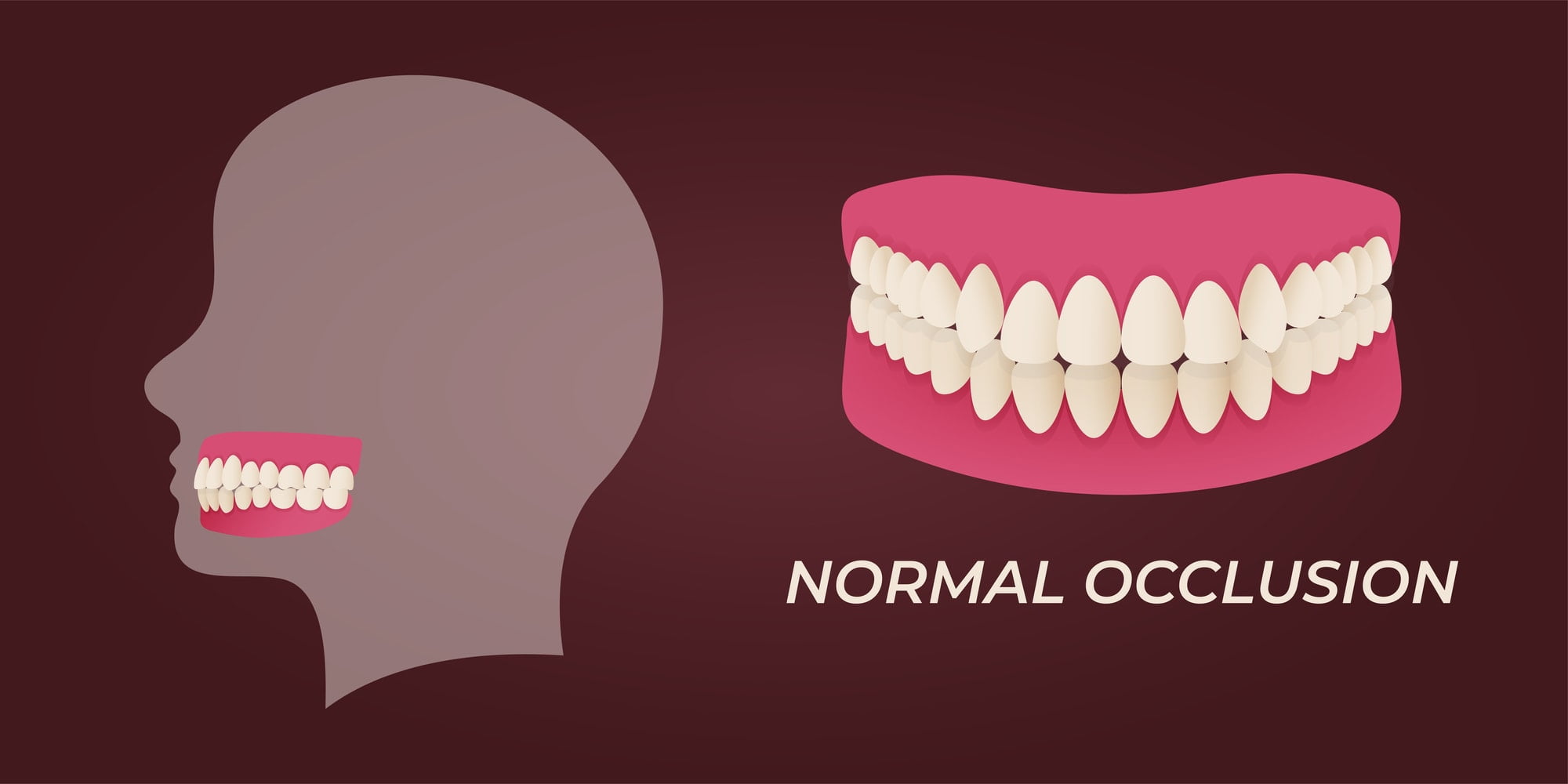
A dental malocclusion occurs when the upper and lower teeth do not fit properly when they bite together. It is a fairly common problem that can affect the way you look, speak, and chew. There are various types of malocclusion that range in severity, from mild to severe.
A mild malocclusion can often be corrected with simple orthodontic treatment, while severe malocclusion may require additional surgery to reposition the teeth.
Each type of malocclusion has different characteristics and treatment options, making it important to understand the differences between them.
Crowded Teeth
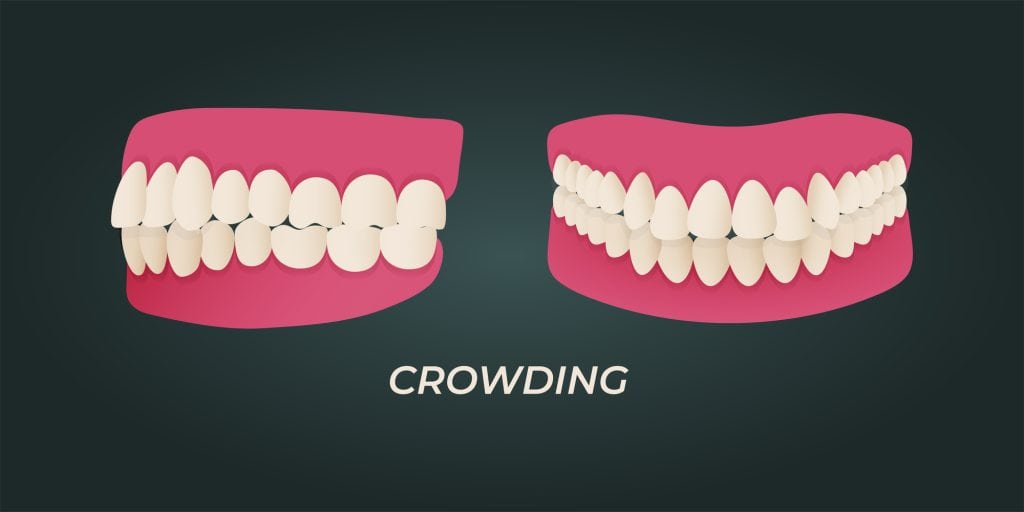
Crowding occurs when there isn’t enough space in the jaw to accommodate all of the teeth. This causes the teeth to overlap and push against each other, leading to misalignment and crookedness. Such a condition is more commonly seen during adolescence due to changes in the jaw size caused by growth spurts. If left untreated, the difficulty in cleaning the crooked teeth may lead to an increased risk of tooth decay and gum disease.
Overjet
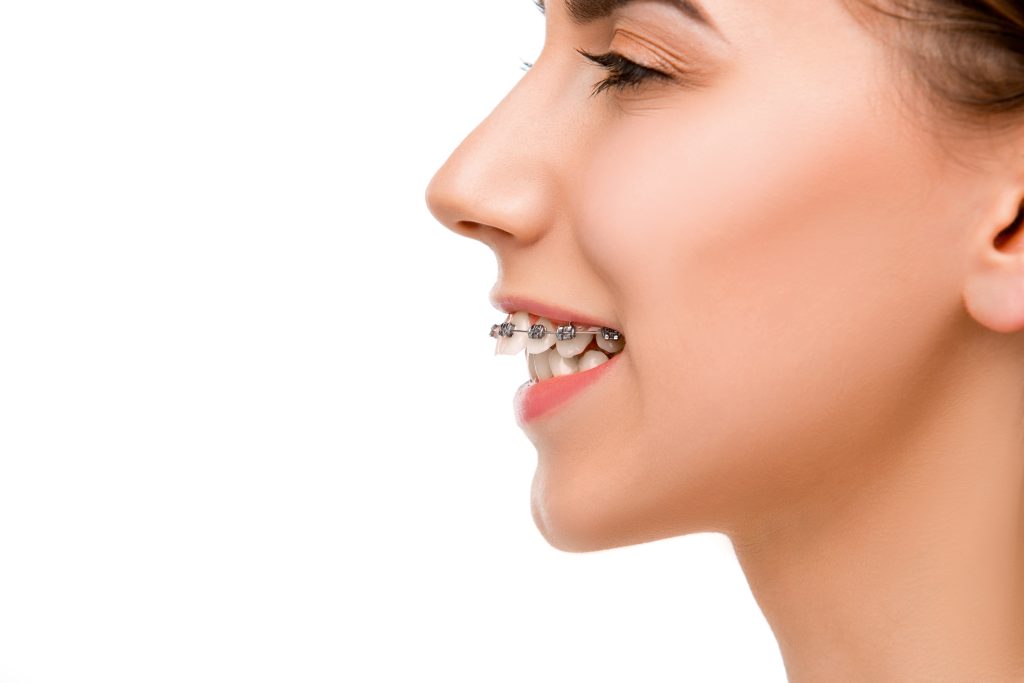
An overjet causes the top teeth to extend past the bottom teeth horizontally and jut out significantly. This protrusion can often interfere with chewing food and speaking properly.
This misalignment of the teeth is not to be confused with an overbite.
Overbite
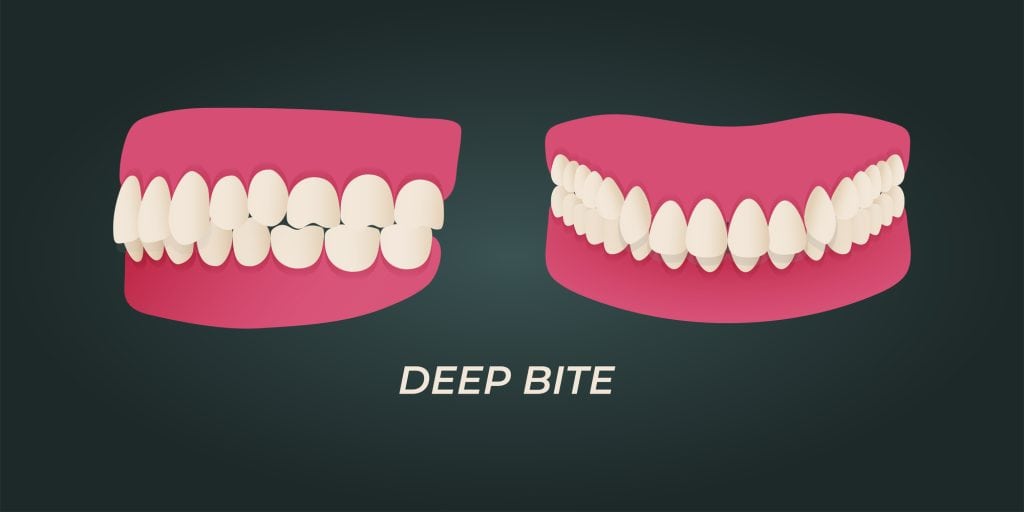
An overbite occurs when the upper teeth overlaps the lower row of teeth. Aside from its aesthetic and speech implications, an increased overbite can cause problems like your front teeth biting down onto your gums, or your lower front teeth biting into the roof of your mouth.
Underbite
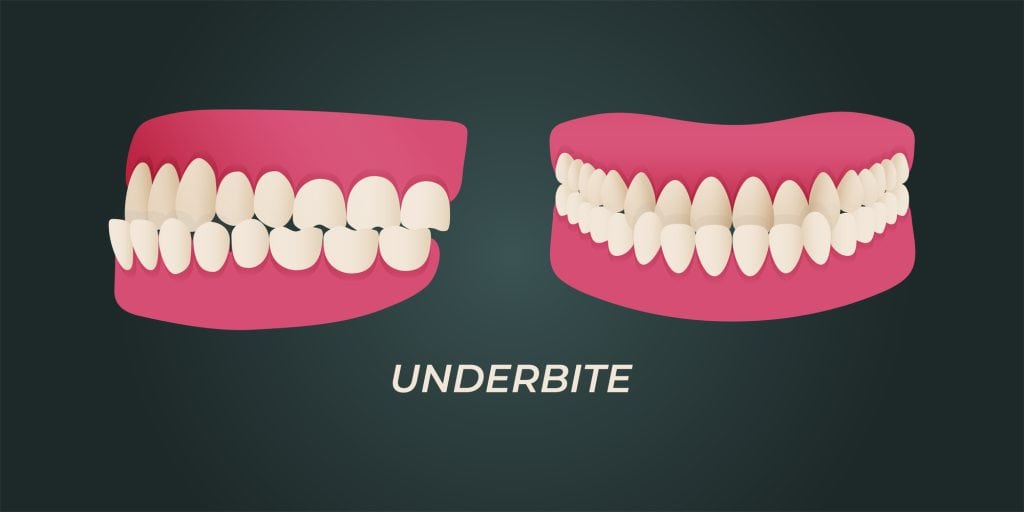
Different from an overbite, an underbite, as the name suggests, occurs when the lower teeth protrude outwards, past the upper row of teeth. This is also known as an anterior crossbite.
Crossbite
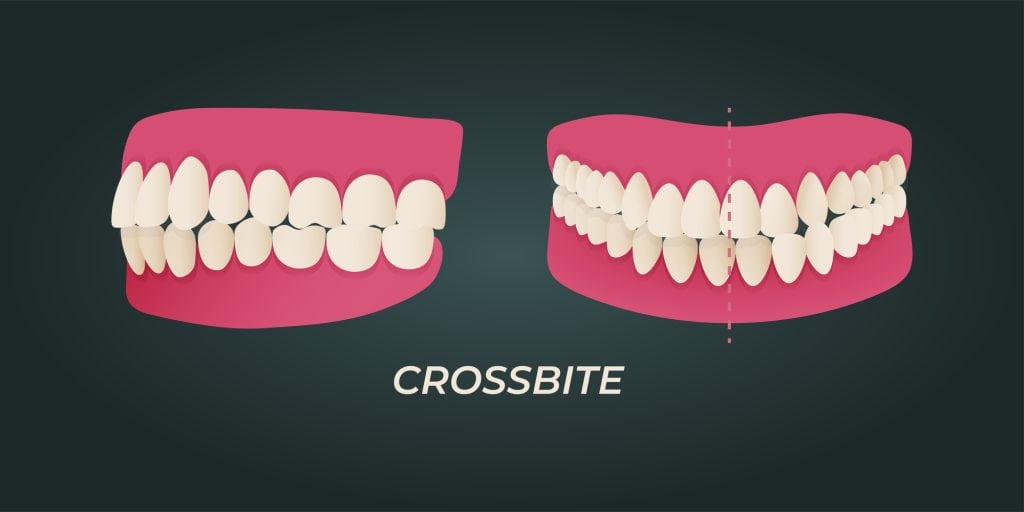
A crossbite occurs when your upper teeth bite inside your lower teeth. This can happen on either or both the sides of the jaw when the upper front teeth are biting right inside the lower teeth. The condition can also affect your front or back teeth.
Openbite
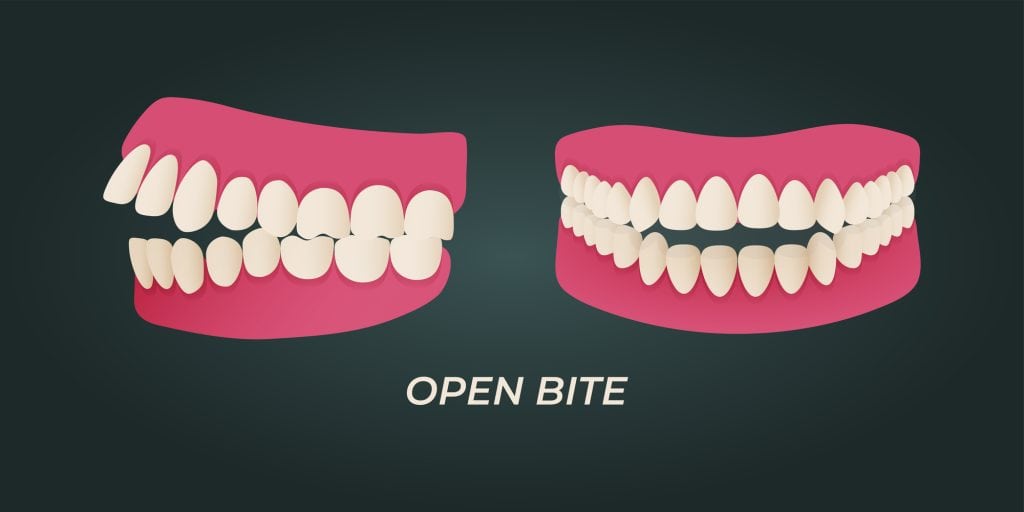
When the upper and lower front teeth do not overlap each other, it results in the formation of an opening that leads straight into the mouth. This can also occur on the sides of the mouth. The form of malocclusion is often caused by habits such as thumb sucking or tongue thrusting after one’s teeth have erupted from the gums.
An openbite can make it more difficult to speak and definitely more difficult to chew food at the affected area.
Spacing
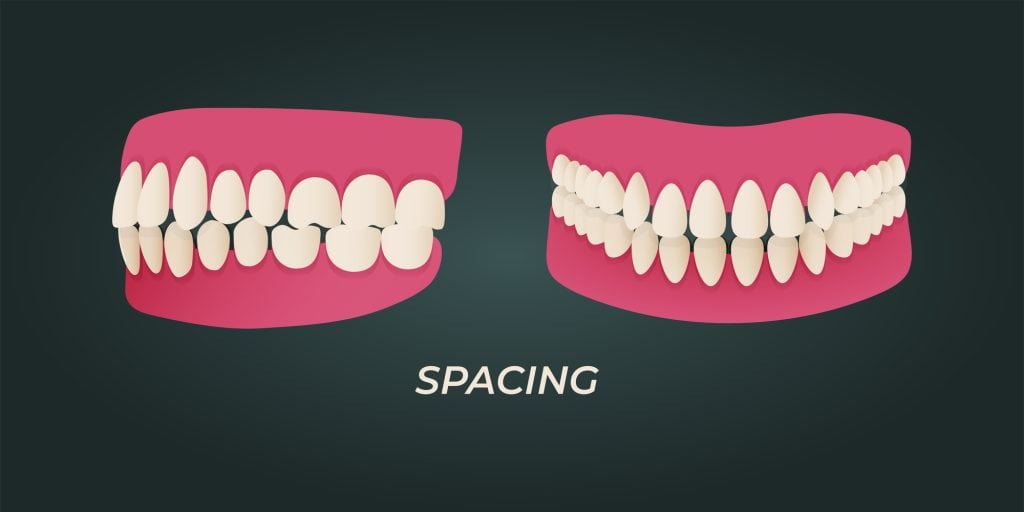
Spacing can occur between two or more teeth. Some of the causes of this malocclusion include missing teeth, small teeth, excessive arch space, tongue thrusting, and thumb sucking.
Importance of correcting malocclusion
Besides aesthetic issues where one’s self-confidence may be affected by an unappealing smile, malocclusion can lead to other more severe oral health problems. Early detection and treatment are essential to prevent the development of these dental issues.
Treatment options for malocclusion vary based on the type and severity of the dental deformity. Some common treatments include orthodontic treatment such as braces or clear aligners (Invisalign), dental implants, extractions or other surgical procedures.
If you are looking to treat your malocclusion, speak to our dentists today to find out which treatment option will bring out the best in your smile.
